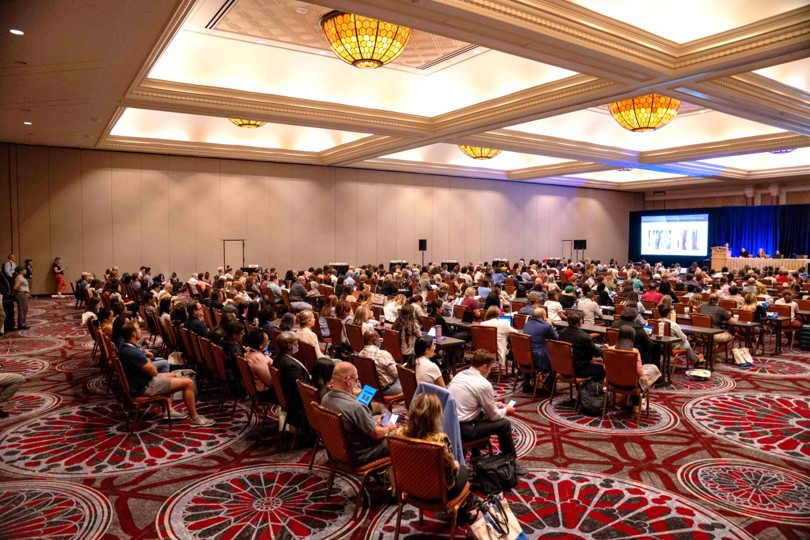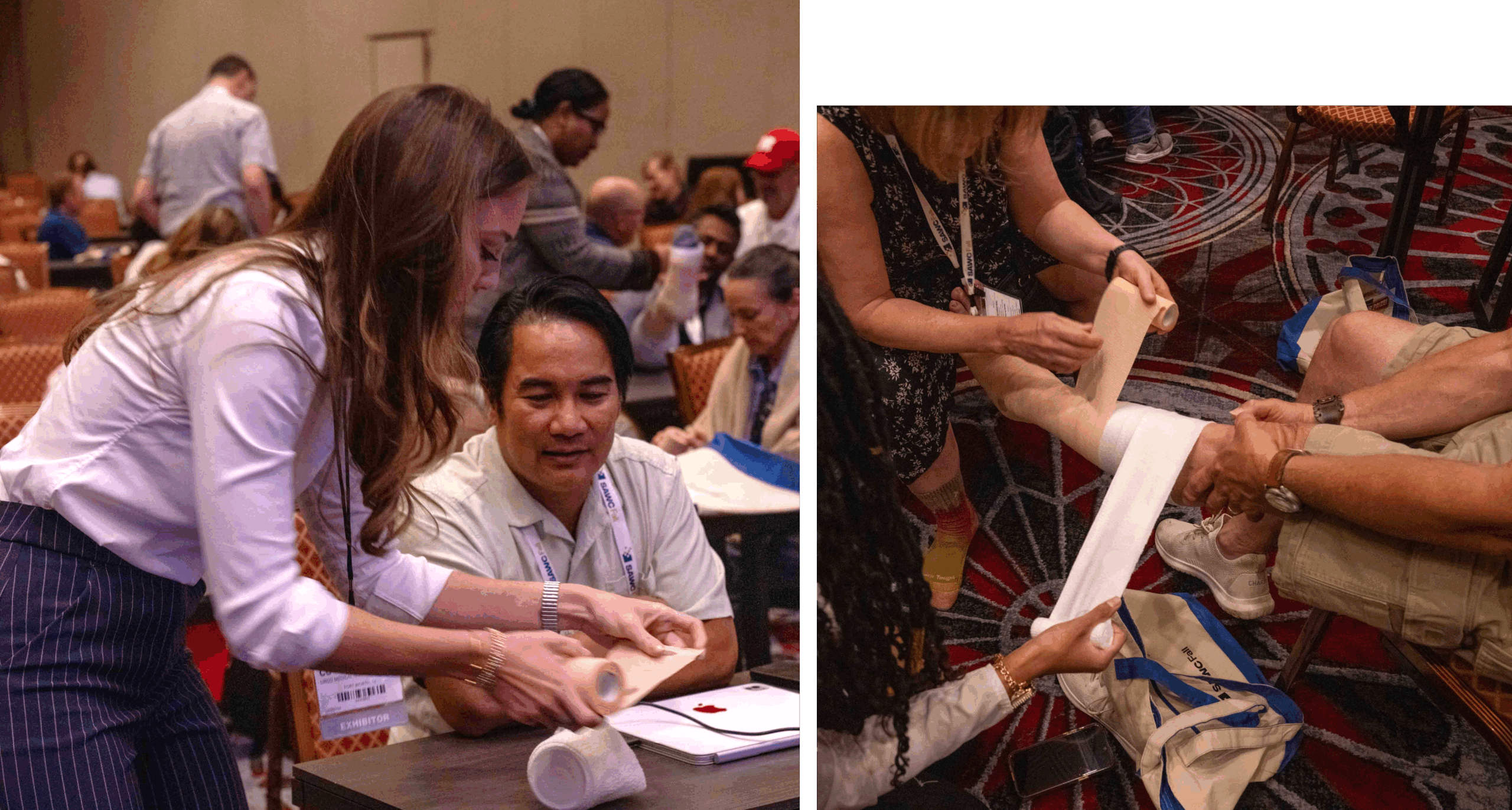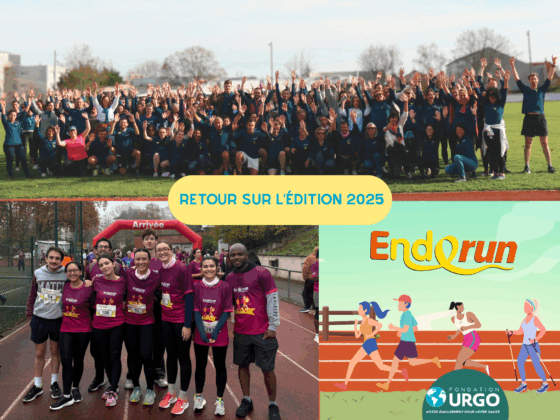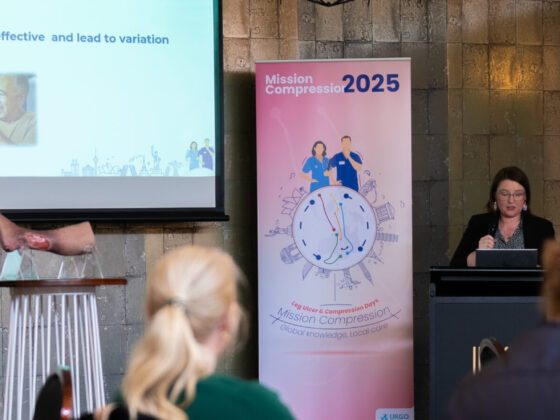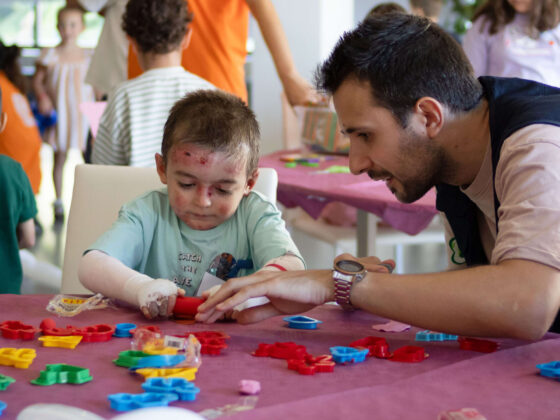The SAWC Fall 2025 session, held in early September in the United States, provided the perfect venue for the demonstration of the commitment of Urgo Foundation towards the training to the clinical community in advanced wound care practice, to the patients’ benefits.
The events happened on the day prior to the conference opening, yet more than 700 healthcare professionals came a day early just to attend our accredited, non-biased programs: one on compression therapy and the other on wound infection management.
Improving patients’ quality of life
Clinical studies have shown the benefits of compression therapy in patients’ quality of life — including reduced pain, morbidity and mortality — and international guidelines clearly recommend its use for the treatment of venous leg ulcers and lymphedema management. Yet this therapy remains significantly underutilized in the US compared to some other countries, e.g France, highlighting the need for education to ensure proper understanding and application.
But compression therapy is not the only factor to be considered when aiming to optimize and accelerate wound healing. Antimicrobial stewardship with an eye towards preventing the development of antibiotic resistance, is equally essential to adopt. To do this, one must understand how wound infection can be prevented and should be diagnosed, managed and treated, given the high levels of morbidity, amputation and mortality it causes. Data show that amputations linked to infection carry a five-year mortality rate, comparable to many types of cancer. Technology (and microbes!) are constantly evolving, justifying a constant update of the community on state-of-the-art information.
Learning by Doing
With the support of renowned clinical leaders in compression therapy — Caroline Fife, Heather Barnhart, Karen Bauer and Loan Lam — a didactic session presented the benefits of compression on venous leg ulcers management, as well as a newly recognized effect on skin improvement, which is describable as the 4th C, CUTIS, and augments the previously described 3 C’s, Consistency, Continuity and Comfort. Considering the importance of properly applied compression to ensure its effectiveness, a live demonstration on bandaging techniques was led by the speakers, followed by a practical workshop where participants practiced leg wrapping on each other. The number of participants who stayed on to learn leg bandaging, clearly illustrates the interest for this type of hands-on training amongst clinicians.
The infection symposium, in turn, focused on prevention, diagnosis and control of microbes. By better explaining what is slough and clearly establishing a link between slough removal and wound infection, Dot Weir, Kara Couch and Sujay Dutta were able to put in context traditional as well as emerging technologies that support optimal infection management.
Continuous education
The very high attendance at these accredited sessions, held even before the official opening, highlights both the existing knowledge gap and the importance of hands-on practice.
Wound Care attracts new multidisciplinary clinicians on a yearly basis, and these expanded and extensive education sessions, with certification, show up in better patient outcomes. These accredited sessions not only present the latest studies and guidelines but also offer opportunities for open discussion of clinical cases with leading experts, ultimately helping to reduce healing times and alleviating patients’ quality of life.
By partnering with the accredited education provider, NACCME, the URGO Foundation pursues its contribution to continuous education, delivered live as well as via the web, that enables healthcare professionals to continually enhance their knowledge and skills.


